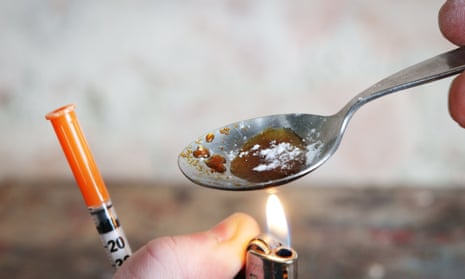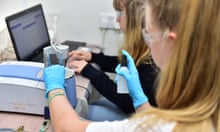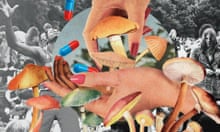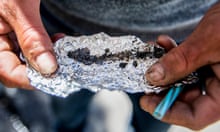The sharp rise in adults using crack cocaine in England is being fuelled by a lack of police on the streets and aggressive marketing by dealers who offer customers “deals of the day”, according to a government report.
Users featured in the Public Health England and Home Office report said the drug was being delivered “quicker than a pizza” at a cost of £20 to £25 for three bags or wraps, containing various combinations of crack and heroin, or as little as “pocket-money prices” of £5 per rock.
A lack of police on the streets was also given as a reason behind the surge in the drug’s use, with those dependant on it rising by 8.5% between 2011 and 2017. The so-called county lines phenomenon, where dealers run drugs from cities to towns and rural locations, using children as mules, is also contributing to the increase, said the report.
There has been a 19% increase in adults starting treatment for crack cocaine use in England, Public Health England data showed. The latest estimates of opiate and crack use found a significant rise of 8.5% in the number of crack cocaine users in England between 2011 to 2012 and 2016 to 2017, from 166,640 to 180,748.
Crack users still account for a very small proportion of the population, at a rate of 5.1 crack users per 1,000 people in England.
The report said: “Respondents reported that dealers held mobile phones with the numbers of all local heroin and crack users, and sent blanket text messages with the latest ‘special offers’. Dealers would also often give users free drugs in exchange for the numbers of other local drug users.”
It added: “As well as advertising the ‘deal of the day’, some service users also reported receiving regular messages containing buzzwords (and street names for drugs), such as ‘power’, ‘magic’ and ‘happy hour’, designed to trigger cravings and nudge them towards placing their next order.”
One drug user, anonymously cited in the report, said: “There is no longer the option to buy just one of anything.”
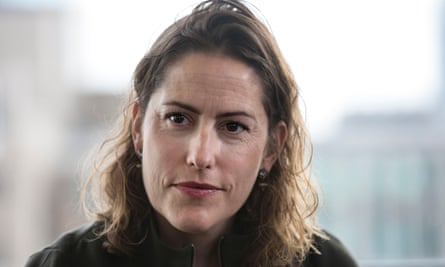
County lines drug dealing operations were also noted as being a significant issue by people in three of the six areas visited for the report, with users saying “they thought it was linked to increasing availability and aggressive marketing of crack”.
“In these areas, treatment workers, service users and police officers described how ‘out of town’ dealers from organised crime groups based in cities such as London, Liverpool, Manchester and Birmingham, had infiltrated the local market, sending runners to deal drugs and displace local dealers. They identified this as a trend that had begun or intensified in the past few years,” the report said.
The minister for crime, safeguarding and vulnerability, Victoria Atkins, said the government was committed to “protecting the most vulnerable and helping those with a drug dependency to recover”.
But the charity Addaction’s public policy manager, Steve Moffatt, said: “The government needs more up-to-date information on the trends in heroin and crack in order to take action sooner.”
He added: “The fact people are being ‘aggressively’ marketed to makes it vital people have access to up-to-date facts and advice to make informed decisions and that drug and alcohol services are adequately funded. It’s concerning how long it took for the rise in crack use to be clear at a national level.”
Rosanna O’Connor, the director for drugs, alcohol, tobacco and justice at Public Health England, said the report would come as no surprise to those working in this area. She said more investment was needed to prevent a further creep of the highly-addictive drug.
“Treatment is cost-effective, with every £1 spent yielding a £2.50 saving on the social costs, including reducing crime. Services need to reach out to crack users and offer more attractive and tailored support to meet their specific needs,” she said.
